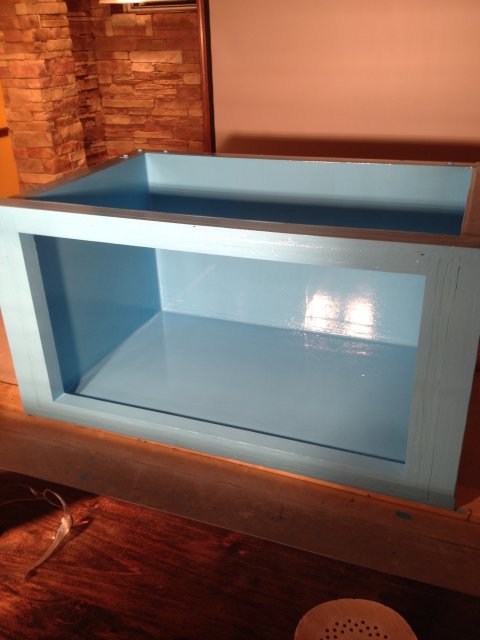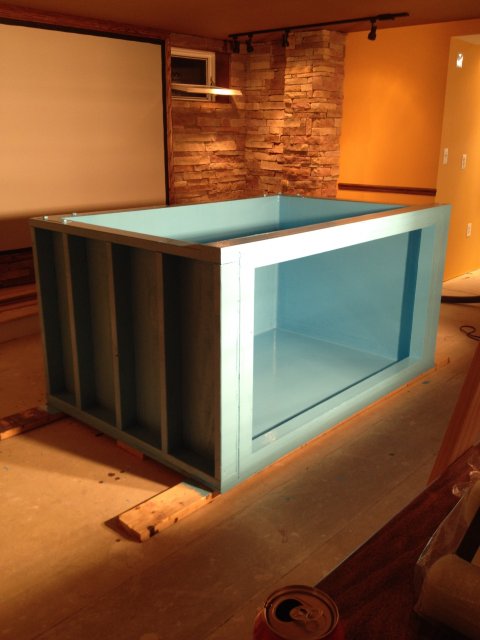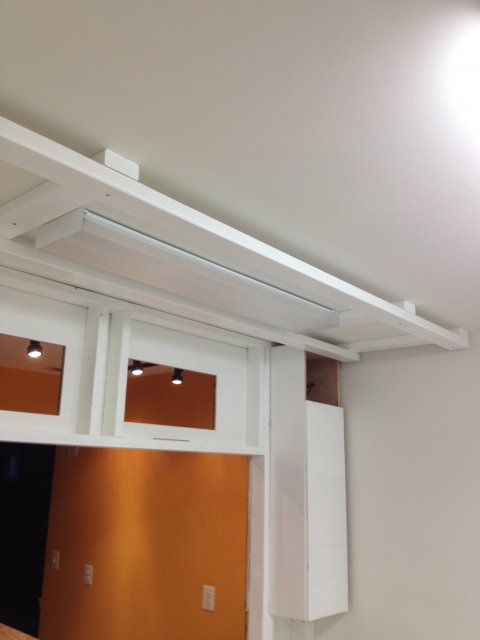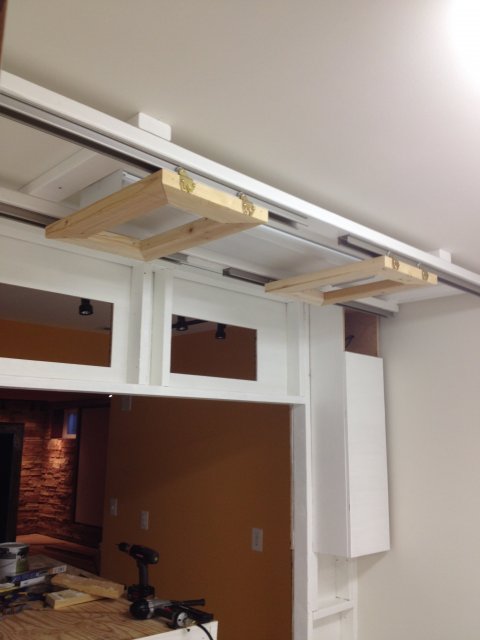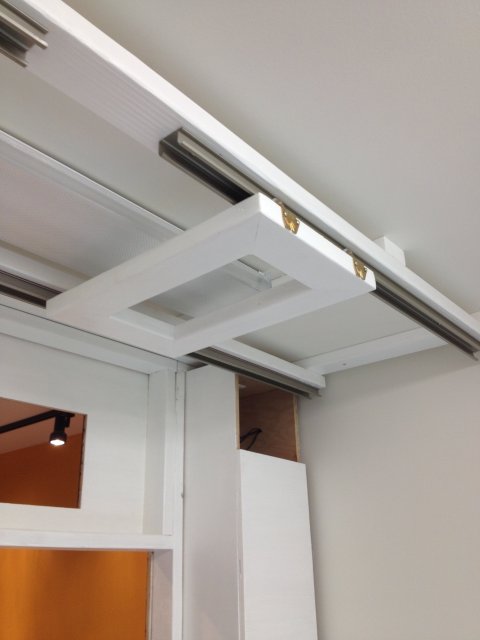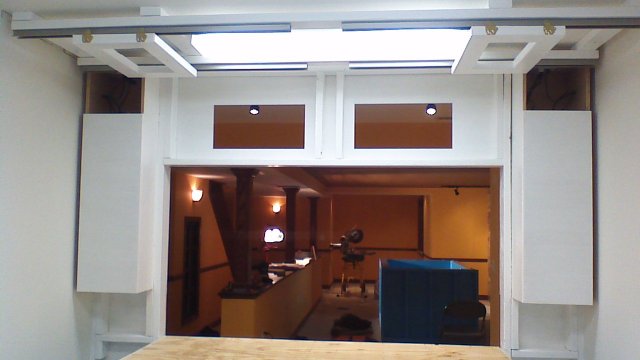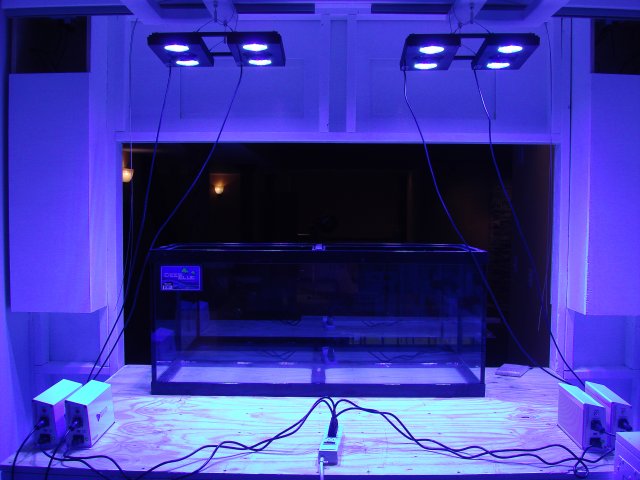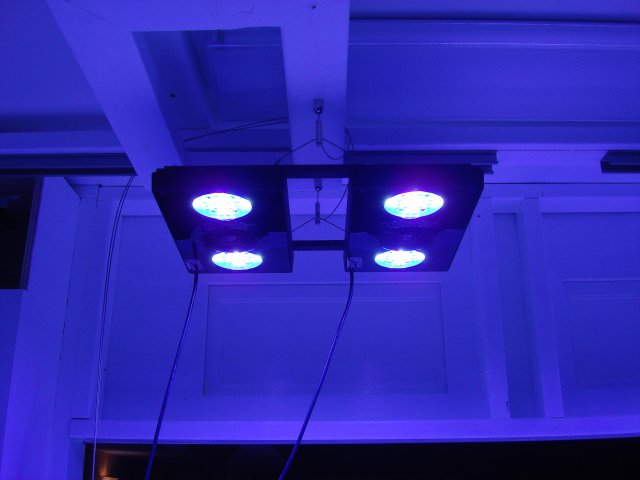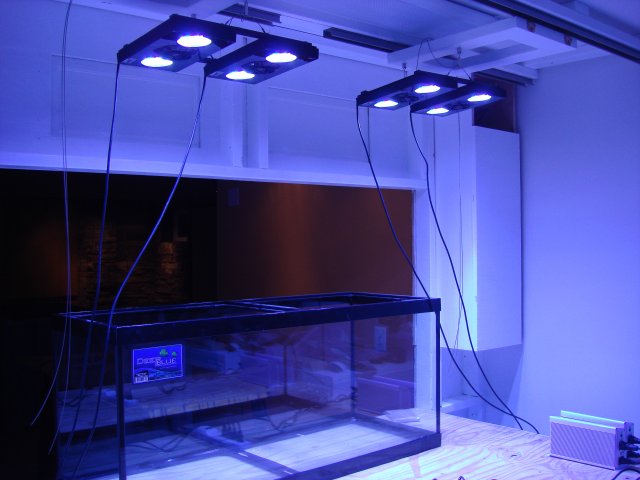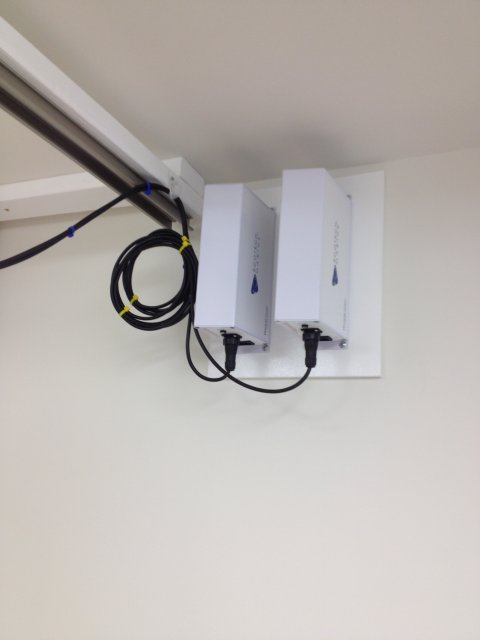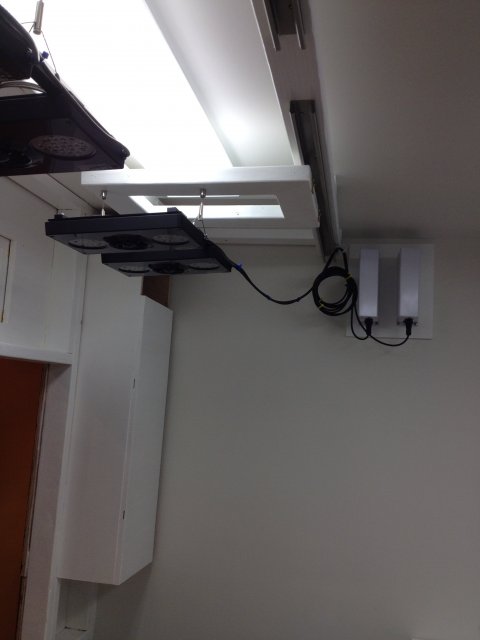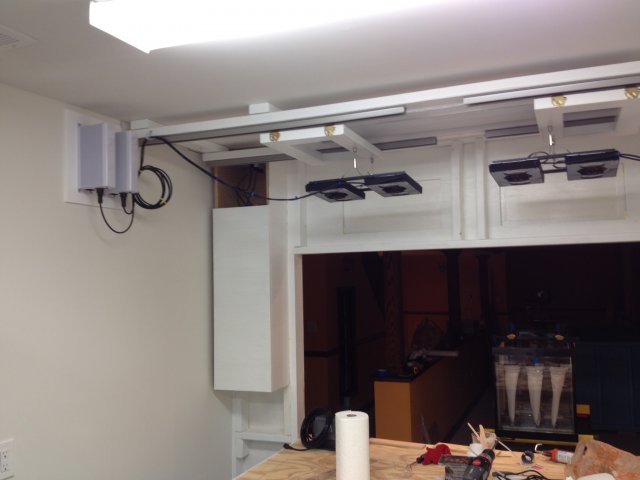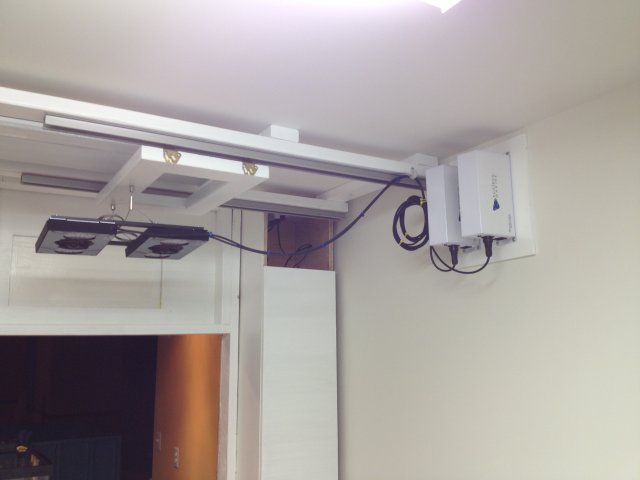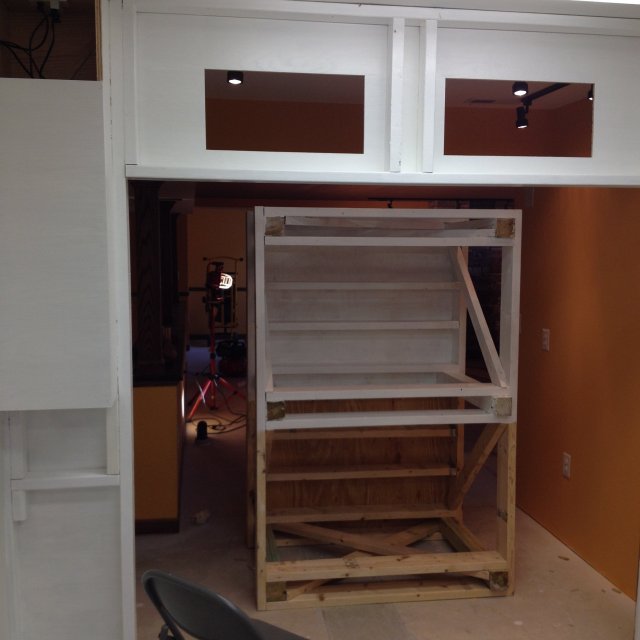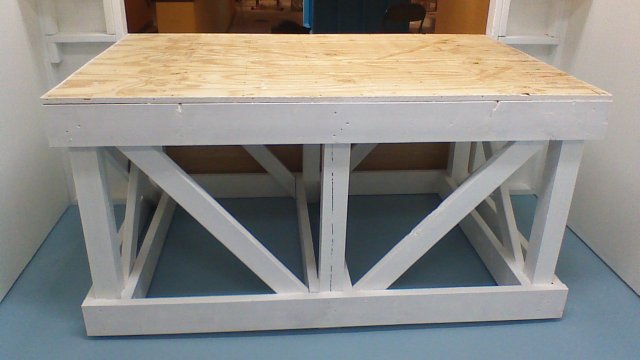It seems like I read a thousand articles on how to seal a plywood tank. I wanted something durable, salt resistant, and inert so it wouldn't leech harmful chemicals into the tank water. Everything had pros and cons, but in the end I decided to try my hand at fiberglass.
In the business world there's a saying: "Every project has three parts: Cost, Quality, and Time. You can only pick two". So too with fiberglass: Durable, Inert, Cheap. Pick two.
The best reviews were of West System epoxy by West Marine. It ain't cheap, but it's sturdy and rated by the FDA as good to line food liquids. Good enough for baby formula, good enough for fish. There was a West Marine store a couple miles away that sold Epoxy Resin, Hardener, fiberglass cloth, fiberglass tape, and all the tools. Get the slow hardener. Once you mix a batch you've got and 90 to 110 minutes to get done before it starts to set up. I found that to be plenty of time without being rushed. It also has no smell so you can work it in the house without a respirator.
The west marine site has how-to videos, it is easier than you think.
First thing was to make sure all the screws were sunk in below the surface of the wood. I picked up some Bondo auto body filler and filled in the pits over the screws, any knots in the wood, and the corners. For the corners I got some craft sticks from a craft shop that look like the tongue depressers in the doctors office. Nice rounded end to make a smooth corner.
The fiberglass cloth is for the flat sides, the fiberglass tape (basically cloth cut into 4 inch wide strips) is for the corners. Doesn't matter which goes first, just cut everything to fit first. Once you mix the resin you don't want to waste time cutting cloth. I mixed up a half cup of resin, use small batches as it's better to have to mix more than waste some (it's expensive), used the foam roller and painted the back of the tank with resin, laid the fiberglass cloth on the painted part (it sticks easily), and painted with more resin. Used the tool to work the bubbles out. Repeat for the sides, use the 4 inch fiberglass tape for the corners, work the bubbles out. Easy Peasy.
You will get some imperfections. I had a part where the fiberglass slid a bit (when wet with resin it feels greasy and can slide around).
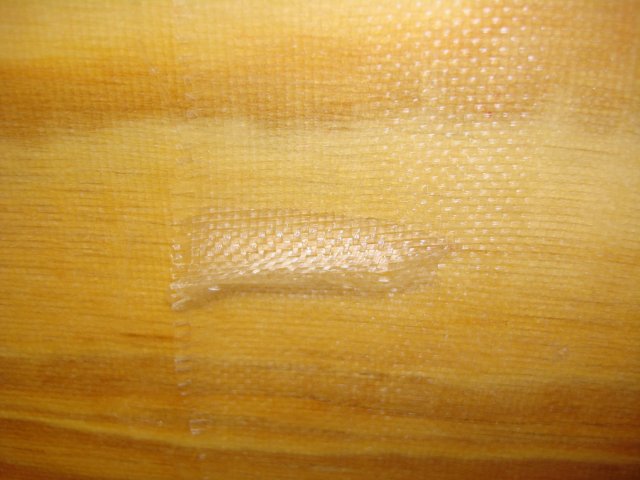
And some places where I didn't work all the air out. It shows white.
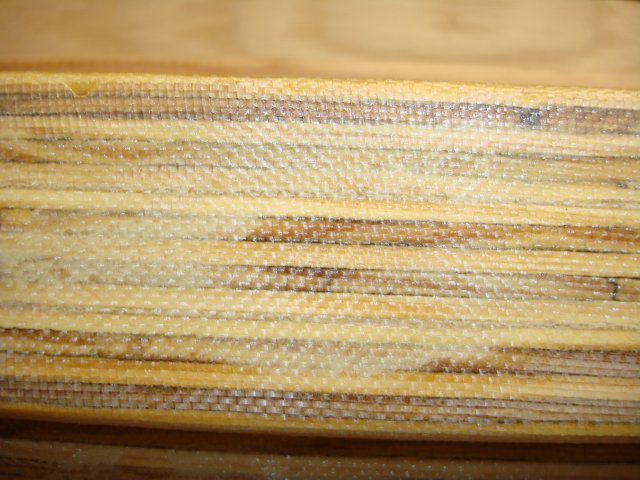
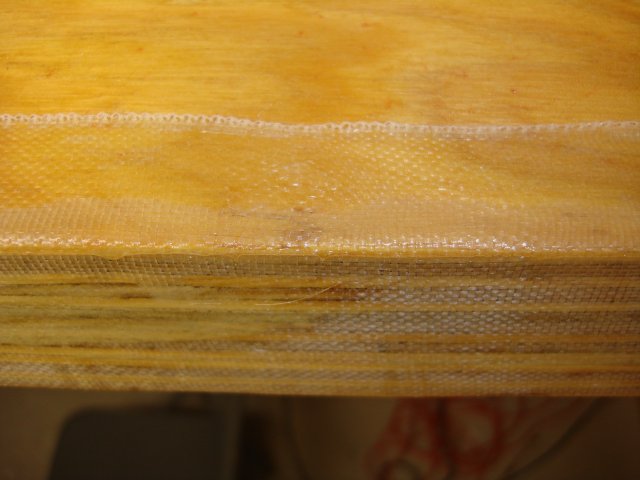
Wait for it to dry, sand out imperfections, put another coat. I did two layers of fiberglass and a total of 5 layers of resin.
After the first layer of fiberglass:
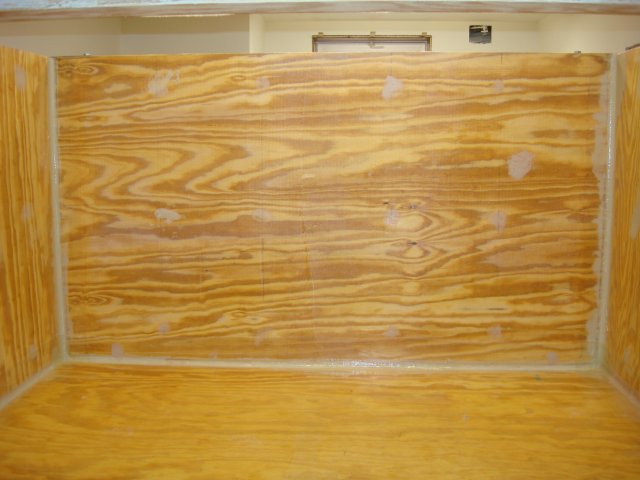
Wonderful. Except this will never do for the inside of the tank.
Went back to West Marine and got some blue tint. I figured that would make a nice blue surface and look great for the inside of a tank. Yeah, not so much.
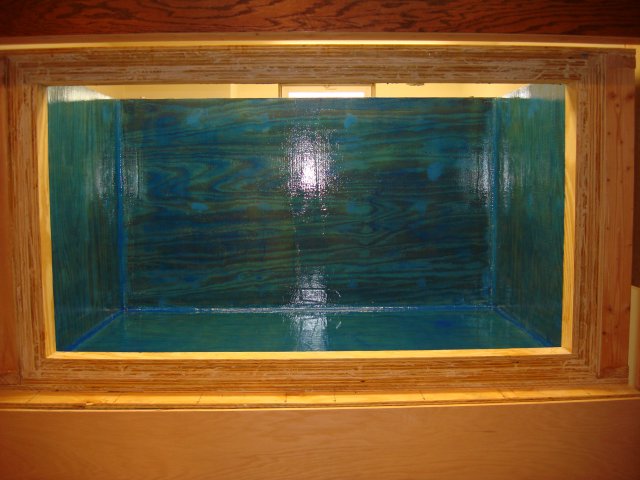
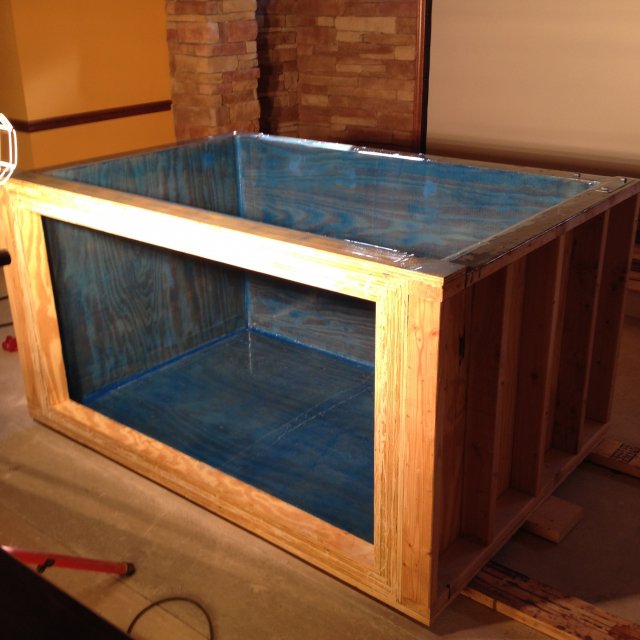
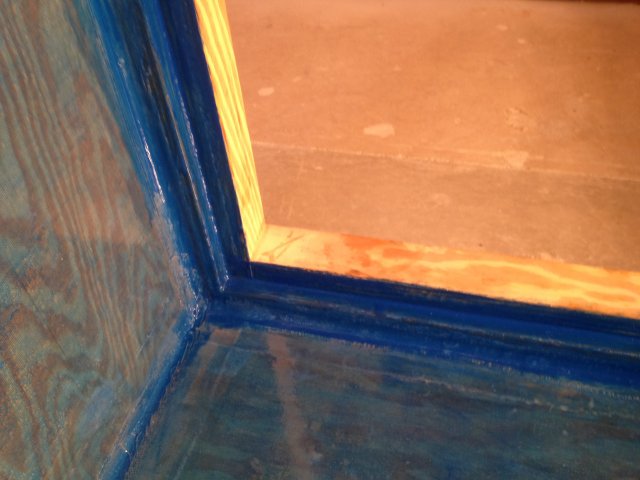
And I added my first Catfish.
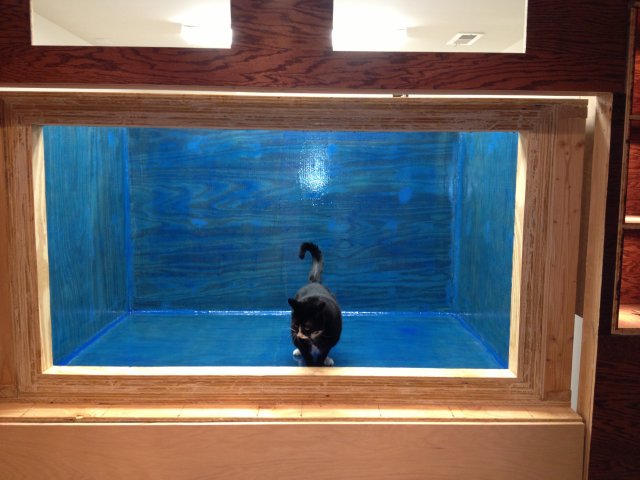
Obviously this is not going to work. On to Plan B.
In the business world there's a saying: "Every project has three parts: Cost, Quality, and Time. You can only pick two". So too with fiberglass: Durable, Inert, Cheap. Pick two.
The best reviews were of West System epoxy by West Marine. It ain't cheap, but it's sturdy and rated by the FDA as good to line food liquids. Good enough for baby formula, good enough for fish. There was a West Marine store a couple miles away that sold Epoxy Resin, Hardener, fiberglass cloth, fiberglass tape, and all the tools. Get the slow hardener. Once you mix a batch you've got and 90 to 110 minutes to get done before it starts to set up. I found that to be plenty of time without being rushed. It also has no smell so you can work it in the house without a respirator.
The west marine site has how-to videos, it is easier than you think.
First thing was to make sure all the screws were sunk in below the surface of the wood. I picked up some Bondo auto body filler and filled in the pits over the screws, any knots in the wood, and the corners. For the corners I got some craft sticks from a craft shop that look like the tongue depressers in the doctors office. Nice rounded end to make a smooth corner.
The fiberglass cloth is for the flat sides, the fiberglass tape (basically cloth cut into 4 inch wide strips) is for the corners. Doesn't matter which goes first, just cut everything to fit first. Once you mix the resin you don't want to waste time cutting cloth. I mixed up a half cup of resin, use small batches as it's better to have to mix more than waste some (it's expensive), used the foam roller and painted the back of the tank with resin, laid the fiberglass cloth on the painted part (it sticks easily), and painted with more resin. Used the tool to work the bubbles out. Repeat for the sides, use the 4 inch fiberglass tape for the corners, work the bubbles out. Easy Peasy.
You will get some imperfections. I had a part where the fiberglass slid a bit (when wet with resin it feels greasy and can slide around).

And some places where I didn't work all the air out. It shows white.


Wait for it to dry, sand out imperfections, put another coat. I did two layers of fiberglass and a total of 5 layers of resin.
After the first layer of fiberglass:

Wonderful. Except this will never do for the inside of the tank.
Went back to West Marine and got some blue tint. I figured that would make a nice blue surface and look great for the inside of a tank. Yeah, not so much.



And I added my first Catfish.

Obviously this is not going to work. On to Plan B.


